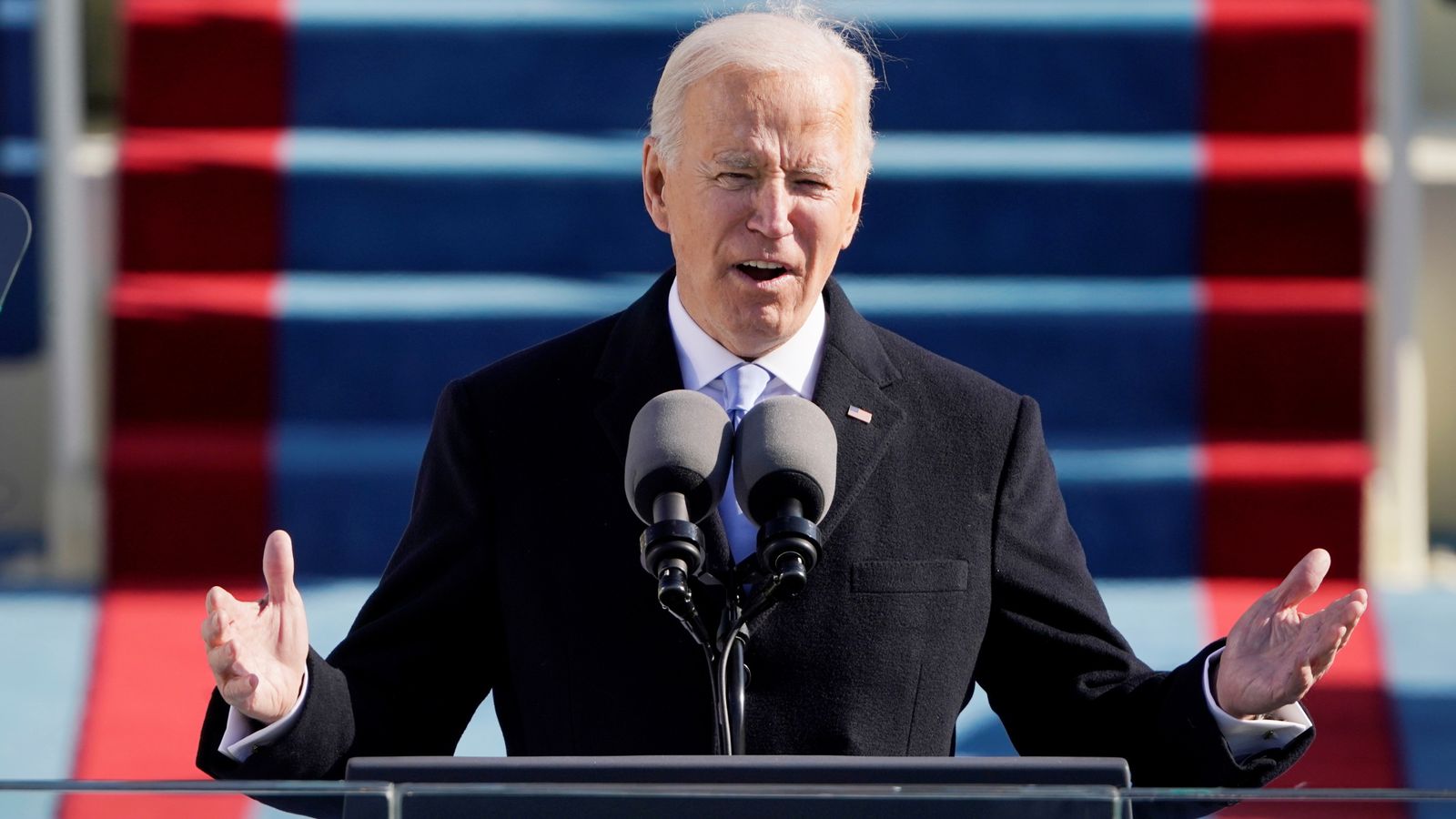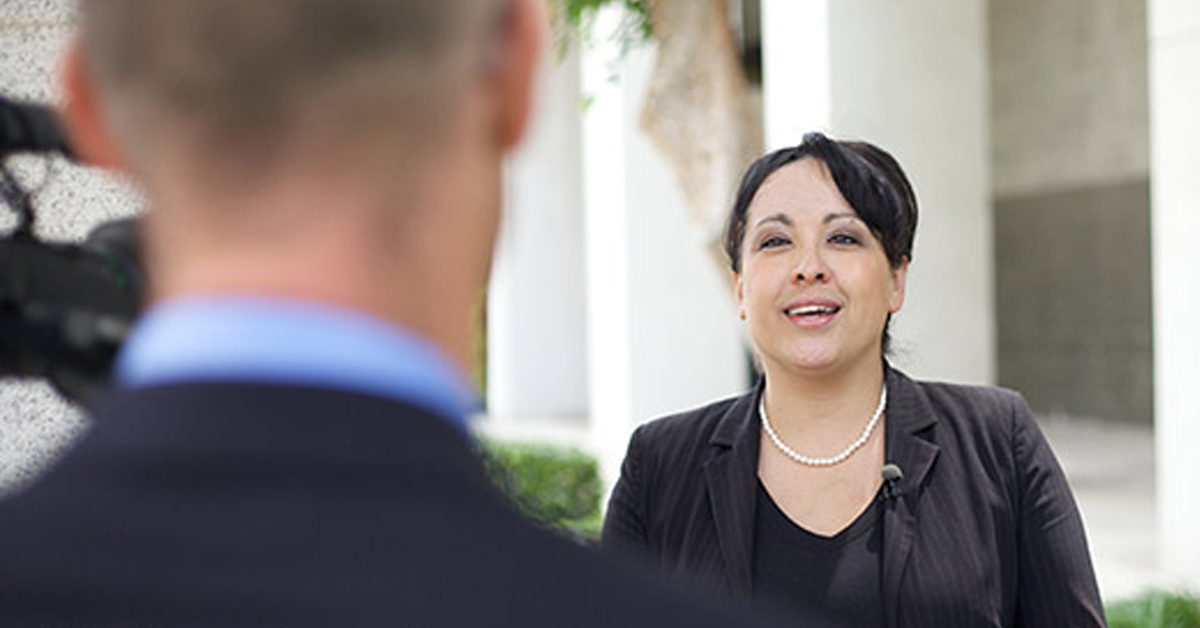Garry Bredefeld a month ago had good reason to think he would be the next president of the Fresno City Council.
Then his soon-to-be council colleagues realized what might happen and changed the rules.
In the national political arena, to be “borked” is to discredit a candidate by savaging his/her career or beliefs.
Perhaps from now on, to be politically blindsided at Fresno City Hall is to be “Bredefelded.”
Our story begins with the Nov. 8 general election and what that means to the nuts-and-bolts procedures that dictate how the council conducts meetings.
Bredefeld to no one’s surprise cruised to victory in the District 6 council race. Incumbent Lee Brand, who is being termed out, won the mayor’s race. District 5 chief of staff Luis Chavez won the special election to replace his boss (Sal Quintero is headed to the Hall of Records as a county supervisor).
District 2’s Steve Brandau and District 4’s Paul Caprioglio won re-election in the June primary.
Oaths of office, speeches and applause will be the order of the day when the council in early January holds its first meeting of 2017. A more mundane chore, but one mandated by the City Charter, is also on tap: Selecting a new council president.
Caprioglio is the current president.
Here’s the beginning of Article V, Section 501 in the charter: “Commencing in 1997 on the first Tuesday after the first Monday in January, the Council shall elect a President of the Council from among its members to serve for a one-year term. The President of the Council shall be the presiding officer of the Council. In addition, upon vacancy in the office of the Mayor, the office of the Mayor shall be filled by the President of the Council….”
It was in 1997 that Fresno went to the strong-mayor form of government. The mayor became the city’s chief executive. The council, always the city’s legislative body, suddenly had a co-equal branch.
The council in 1997 struggled to get the hang of electing a president. Just about everyone on the dais wanted the job. It took a lot of votes to finally settle on one council member (turned out to be Quintero).
The council president isn’t like, say, Speaker of the House at the federal level. The latter has considerable power to shape political events. The council president, on the other hand, presides over council meetings and helps the city manager craft the weekly council agendas. That’s pretty much it.
Of course, there’s certainly a bit of prestige to having “council president” as a title. And the money is better. Council members make $65,000 a year. The council president hauls down a bit more than $70,000 for a year’s work.
The council at the end of the 1990s learned how to elect its president without a repeat of the 1997 farce. Then, early in the 21st century, District 7 Council Member Henry R. Perea was elected council president two years in a row.
That was the tipping point.
The council decided it would be best if the council president’s job was simply rotated among the seven members. The rotation would be based on district number.
If District 1’s George Washington were council president one year, then District 2’s John Adams would automatically become council president the next year. District 3’s Thomas Jefferson would be next in line.
Keep in mind what the City Charter says. The council must “elect,” not “select,” its president. The council gets around this commandment by doing two things.
First, it codified its rotational system in the council’s “Rules of Procedure.” Rule No. 2 states in part: “The officers of the Council shall consist of the President of the Council (Council President) and Vice President. A Councilmember must have served on the Council for at least one year to be eligible to serve as Council President. Each year at the first meeting in January, the Council shall select a Council President and Vice President on a rotational basis.”
Second, the council every January sits in plain sight of the sovereign people and pretends to hold the honest election mandated by the charter. Somebody nominates the council member from the appropriate district to be president. That’s the only hat in the ring. Somebody seconds the motion. The vote is called for – 7-0 every time.
Then came the Nov. 8, 2016 general election results. Bredefeld will be new to the council in the sense that he didn’t serve District 6 on the dais in 2016. But he does have four years of council experience under his belt. He served District 6 from 1997 to 2001.
District 5 council member-elect Luis Chavez, on the other hand, has never served on the council.
Some time between the late-evening hours of Nov. 8 and Nov. 17 (it’s not clear to me exactly when or how), Bredefeld brought to the attention of his future council colleagues the meaning of all this math.
District 4’s Caprioglio is about to be an ex-president. District 5’s Chavez can’t take the gavel because, per the “Rules of Procedure,” he’s doesn’t have at least one year of council experience. District 6’s Bredefeld does meet that requirement.
“Council President Bredefeld – welcome back to the council!”
But such a congratulatory greeting is not to be.
The council on Nov. 17 unanimously passed a change to Rule No. 2 of the “Rules of Procedure.” The second sentence now states: “A Councilmember must have served on the Council for at least one year immediately preceding the selection to be eligible to serve as Council President.” (Emphasis, mine)
The resolution authorizing the change was part of the consent calendar. That meant the proposal would get no council debate unless a council member specifically asked for a public review. No council member made such a request.
I asked Caprioglio on Wednesday why the council made the change.
Caprioglio said council members had individually told Bredefeld that his assumption about the council president’s selection process was wrong. After giving the matter more thought, Caprioglio said, some council members felt the explanation was too informal.
“For future purposes, we decided to put it in writing,” Caprioglio said.
As to Bredefeld’s analysis of the City Charter and the council’s own Rules of Procedure, Caprioglio said: “Garry was a little confused.”
Bredefeld on Wednesday was diplomatic in response.
“It is what it is,” Bredefeld said. “We’re all moving forward now.”
I give you three thoughts on the issue:
First, if the council is a little embarrassed about its action coming to light, then it is getting what it deserves. I’ve never understood the need for the rotational system. The charter says the new council president is to be the product of an honest election. There’s no justification for not having one.
Second, Bredefeld did the council a favor by quietly bringing up his situation in mid-November. He could have waited until January when the Council Chamber is packed with reporters. “Hey,” Bredefeld might have said from the dais, “District 7 doesn’t get the job. I meet all the qualifications. Read your own Rules of Procedure.” An interesting (and overdue) debate might have followed.
Third, as he proved week in and week out during his four previous years on the council, Bredefeld is a formidable brawler in the political arena. He’s not likely to forget that four current city leaders – Brandau, Caprioglio, Brand and District 7’s Clint Olivier – endorsed Jeremy Pearce in this year’s District 6 race. What did the four do almost immediately after their guy went down to a resounding defeat? They “Bredefelded” the winner.
Olivier in four weeks will be the new council president.









